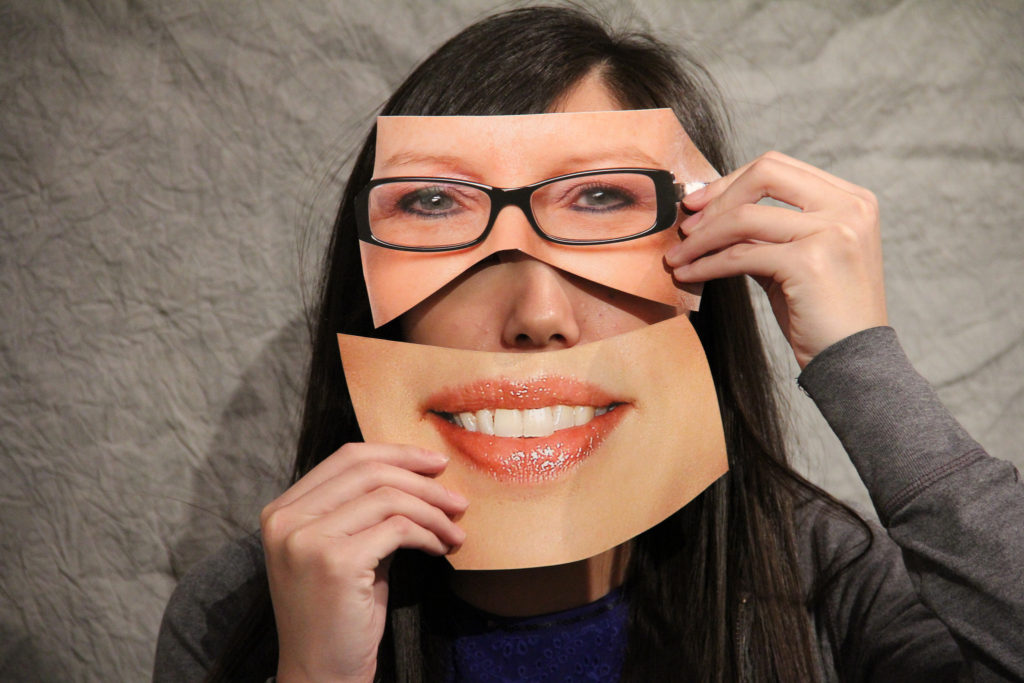Dormant “newspaper” brought back to life online

By Kathy Bryson
St. Petersburg College
Journalism in the last 10 years has been a roller coaster of change, and many of us have probably wondered whether or not we’re teaching a dinosaur. Some programs have gone so far as to merge with other disciplines, becoming double degrees with additional courses in computers, communications, public relations, or social media. With the overlap in subjects that comes with convergent media programs have to make decisions about what they will be be able to cover and, equally, what they will not.
St. Petersburg College’s student newspaper, The Sandbox, began actively exploring change since its reincarnation in 2011. Ours is not a formal certificate or degree program, but rather an associate’s degree in mass communication with classes that transfer into the University of South Florida’s bachelor’s degree. However, the school wanted and needed an active paper to cultivate student interest and encourage practice. Continue reading “Florida college embraces online and social media”







